Refine search
Actions for selected content:
313 results in Books and Monographs
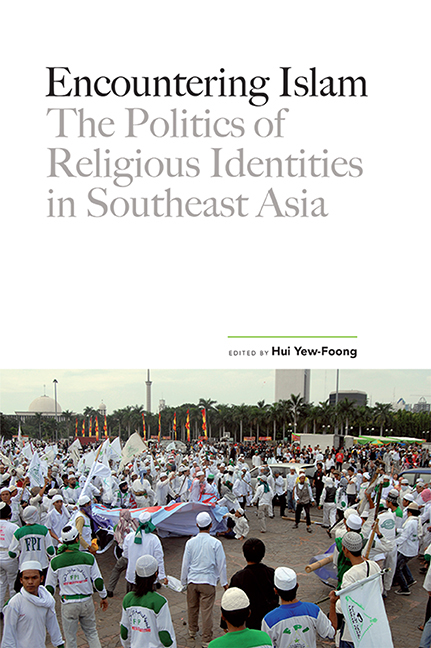
Encountering Islam
- The Politics of Religious Identities in Southeast Asia
-
- Published by:
- ISEAS–Yusof Ishak Institute
- Published online:
- 21 October 2015
- Print publication:
- 02 November 2012

Shari'a and Constitutional Reform in Indonesia
-
- Published by:
- ISEAS–Yusof Ishak Institute
- Published online:
- 21 October 2015
- Print publication:
- 10 September 2007
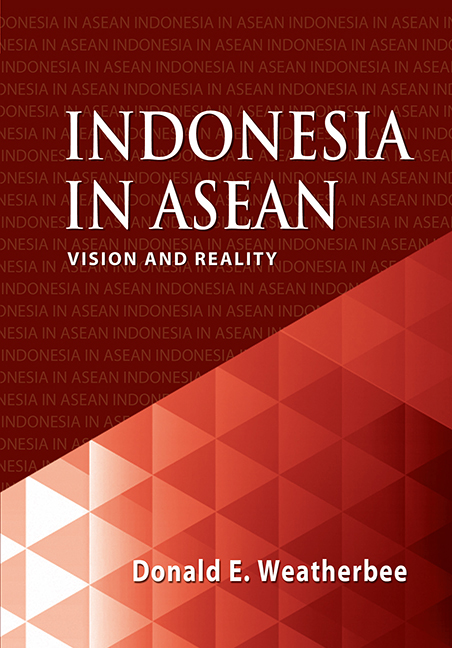
Indonesia in ASEAN
- Vision and Reality
-
- Published by:
- ISEAS–Yusof Ishak Institute
- Published online:
- 21 October 2015
- Print publication:
- 09 December 2013

The Sulu Arms Market
- National Responses to a Regional Problem
-
- Published by:
- ISEAS–Yusof Ishak Institute
- Published online:
- 21 October 2015
- Print publication:
- 16 February 2011

Political Reform in Indonesia after Soeharto
-
- Published by:
- ISEAS–Yusof Ishak Institute
- Published online:
- 21 October 2015
- Print publication:
- 06 April 2010
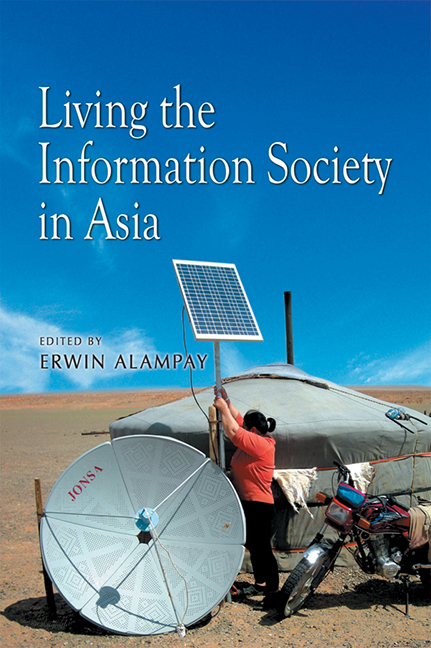
Living the Information Society in Asia
-
- Published by:
- ISEAS–Yusof Ishak Institute
- Published online:
- 21 October 2015
- Print publication:
- 14 April 2009
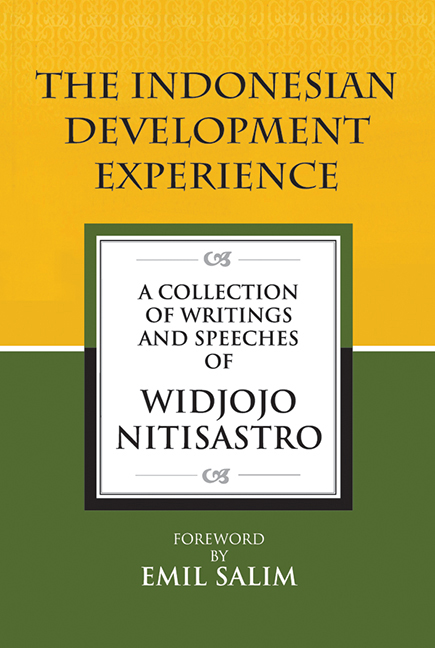
The Indonesian Development Experience
- A Collection of Writings and Speeches
-
- Published by:
- ISEAS–Yusof Ishak Institute
- Published online:
- 21 October 2015
- Print publication:
- 20 September 2011

East Asia
- Between Regionalism and Globalism
-
- Published by:
- ISEAS–Yusof Ishak Institute
- Published online:
- 21 October 2015
- Print publication:
- 04 September 2006
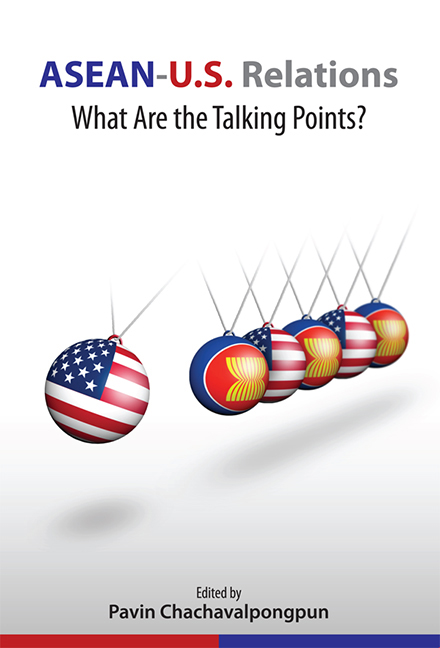
ASEAN-U.S. Relations
- What Are the Talking Points?
-
- Published by:
- ISEAS–Yusof Ishak Institute
- Published online:
- 21 October 2015
- Print publication:
- 16 December 2011
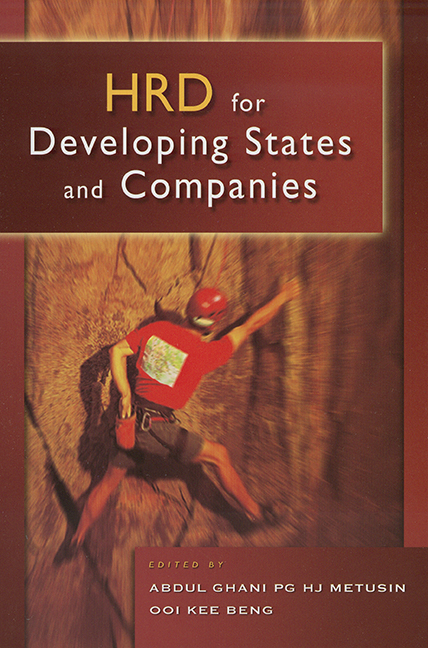
HRD for Developing States & Companies
-
- Published by:
- ISEAS–Yusof Ishak Institute
- Published online:
- 21 October 2015
- Print publication:
- 19 October 2005

Employment, Living Standards and Poverty in Contemporary Indonesia
-
- Published by:
- ISEAS–Yusof Ishak Institute
- Published online:
- 21 October 2015
- Print publication:
- 30 May 2011

Energy Market and Policies in ASEAN
-
- Published by:
- ISEAS–Yusof Ishak Institute
- Published online:
- 21 October 2015
- Print publication:
- 01 January 1991

The Indonesian Parliament and Democratization
-
- Published by:
- ISEAS–Yusof Ishak Institute
- Published online:
- 21 October 2015
- Print publication:
- 02 January 2008

Across the Causeway
- A Multi-dimensional Study of Malaysia-Singapore Relations
-
- Published by:
- ISEAS–Yusof Ishak Institute
- Published online:
- 21 October 2015
- Print publication:
- 15 December 2008
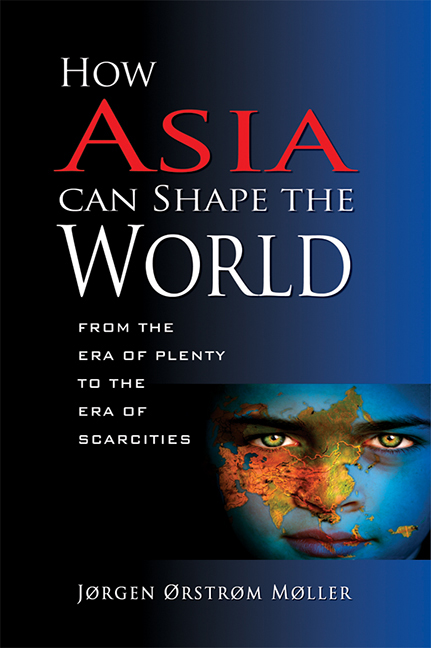
How Asia Can Shape the World
- From the Era of Plenty to the Era of Scarcities
-
- Published by:
- ISEAS–Yusof Ishak Institute
- Published online:
- 21 October 2015
- Print publication:
- 30 November 2010
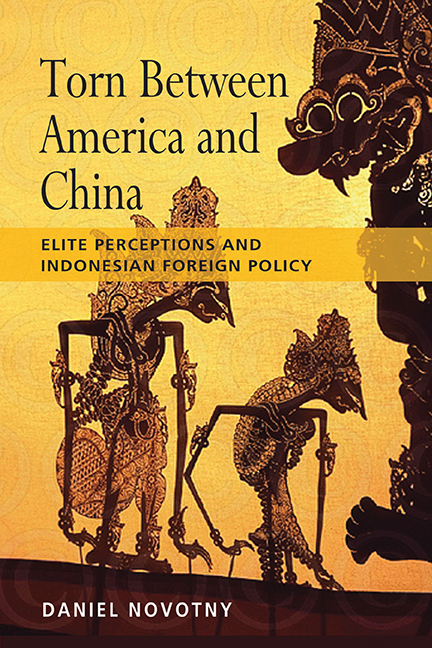
Torn between America and China
- Elite Perceptions and Indonesian Foreign Policy
-
- Published by:
- ISEAS–Yusof Ishak Institute
- Published online:
- 21 October 2015
- Print publication:
- 23 August 2010

Insurgent Intellectual
- Essays in Honour of Professor Desmond Ball
-
- Published by:
- ISEAS–Yusof Ishak Institute
- Published online:
- 21 October 2015
- Print publication:
- 03 December 2012
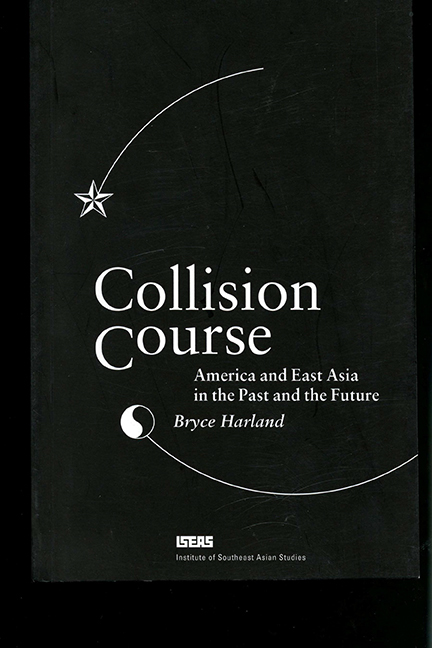
Collision Course
- America and East Asia in the Past and the Future
-
- Published by:
- ISEAS–Yusof Ishak Institute
- Published online:
- 21 October 2015
- Print publication:
- 01 April 1986
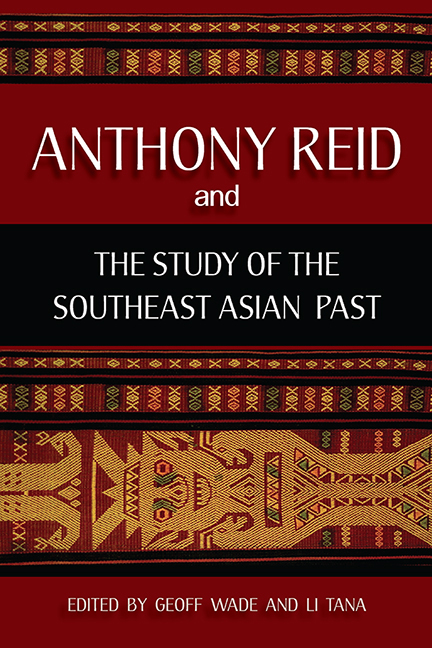
Anthony Reid and the Study of the Southeast Asian Past
-
- Published by:
- ISEAS–Yusof Ishak Institute
- Published online:
- 21 October 2015
- Print publication:
- 09 March 2012
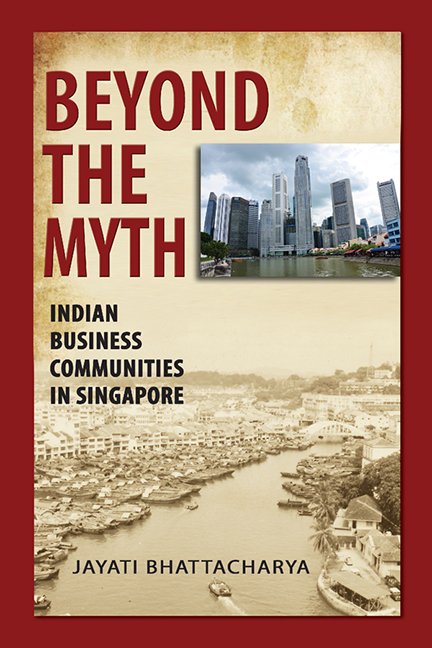
Beyond the Myth
- Indian Business Communities in Singapore
-
- Published by:
- ISEAS–Yusof Ishak Institute
- Published online:
- 21 October 2015
- Print publication:
- 28 June 2011
